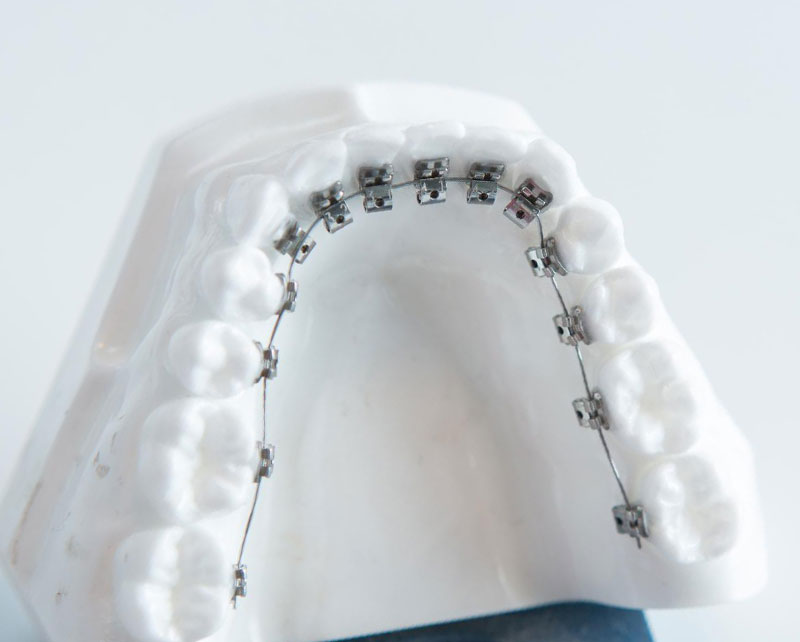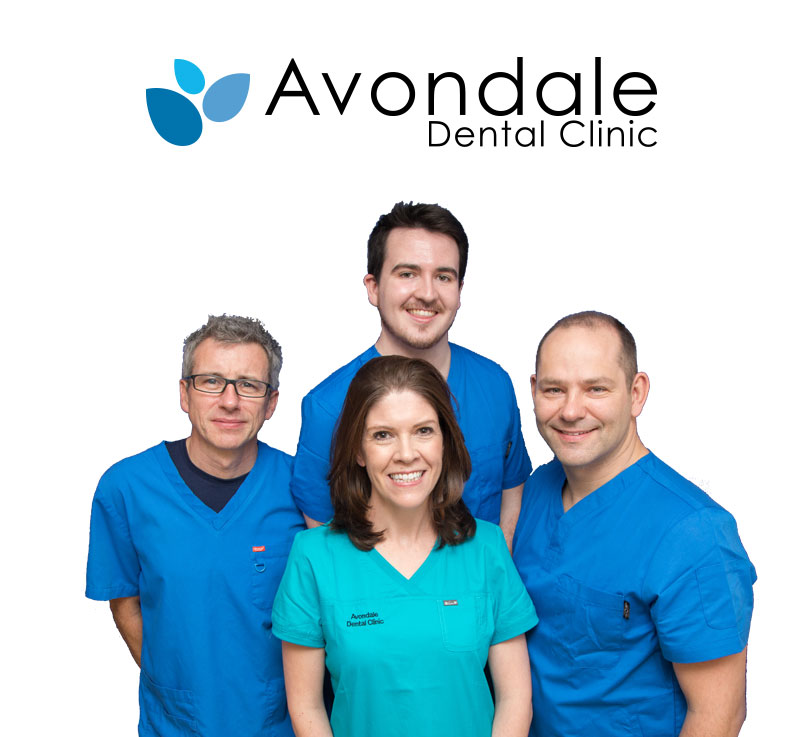Lingual Braces
What are Lingual Braces?
Dr Hone can provide lingual braces .and is certified in providing Incognito lingual braces. These are braces which are bonded onto the inside/ lingual surface of your teeth-out of view These braces are quite difference in that gold custom made brackets are applied to the teeth and in conjunction with wires the teeth are straightened. These braces are a good choice for the patient who does not want visible braces but is not suitable for Invisalign. The results are similar to the results achieved with fixed braces (train tracks).

When is orthodontic Treatment needed?
We have a wide range of orthodontic treatments to suit your needs.
The main reasons to undergo orthodontic treatment are:
- Crooked teeth
- Small mouth with overcrowding teeth, causing orthodontic issues.
- Issues sleeping due to bute and jaw issues.
- Face not forming correctly
Treatment Time
The degree of movement required dictates the treatment time. Generally the treatment time could be anything from 6 months up to two years. The patient generally needs to attend Dr Hone every 4-6 weeks to have the braces reviewed brackets / wires replaced or tightened.
Patient experience
Initially there is a period required to get used to the braces. Occasionally your lips may feel a little irritated but once accustomed to the braces patients hardly know they are there. We would recommend seeing our hygienist Ms Deirdre Maher regularly while you are in your fixed braces as it can require a little more effort to keep your teeth and gingival tissues clean. It is our practice to recommend mouth washes such as Fluoride mouthwashes in order to prevent tooth decay underneath the braces. Throughout the period when you are in your braces it is advised to attend your general dentist for routine check-ups as the orthodontist concerns himself with the position of the teeth, but it is your general dentist who continues to ensure there is no tooth decay or gum disease.
Treatment Process
Since Lingual Braces are fixed behind your teeth, they are more complicated to fit than traditional fixed braces. The following four steps describe the application of Orthodontic lingual braces and will be relevant to every patient.
Step 1
we will take impressions of your teeth using a plastic mould.
Step 2
we send the impressions to a laboratory so they can create customised brackets
Step 3
on the second visit, the brackets are cemented to the back of the teeth. The arch cable is also fitted, which provides the tension to move the teeth into the desired position.
Step 4
a retaining brace is usually required to ensure that moved teeth do not relapse.
Depending on the complexity of the individuals case, patients may require additional stages in their treatment. For example, some patients require teeth extractions to facilitate movement and allow the rest of the teeth to grow more naturally.
During the initial consultation, the dentist should inform each patient fully of what their treatment will entail.
What are the benefits of orthodontic treatment?
Along with beautiful, straightened teeth and a lovely smile, there are many benefits to having straight teeth.
Teeth which are not straight can interfere with proper chewing, which later effects proper digestion and wellbeing.
Keeping your teeth and mouth clean can be difficult and ineffective with crooked teeth. When your teeth are not straight there will be hard-to-reach spaces, and if these spaces remain unclean, gum disease, tooth decay or even tooth loss can occur.
After Effects
- Throughout the process of braces treatment, some discomfort and minor pain can be expected, and over-the-counter pain medications will help ease the discomfort.
- Gums may be slightly inflamed, but this will diminish over a few days of proper brushing and flossing.
- The orthodontist may give you a retainer to wear at night to keep the teeth from moving, and to keep the teeth in their place.
Retainers / Retention
At the end of the treatment period when your braces are removed (which is a joyous occasion) Dr Hone will provide you with retainers. There are several types of retainers -some of which are bonded to the inside surfaces of your teeth, and some which are only worn at night. The type of retainer is dependent on the stability of the final position of your teeth. Dr Hone will advise you as to the what is the best retainer for you. Retention is considered lifelong. There are many adults who had orthodontic treatment as children or teenagers who are back in braces as adults as they did not wear their retainers
Did you know
Braces are devices used in orthodontics that align and straighten teeth and help position them with regard to a person’s bite, while also aiming to improve dental health. Through orthodontic treatment, problems like crooked or crowded teeth, overbites or underbites, incorrect jaw position and disorders of the jaw joints are corrected, which if left untreated, can result in tooth decay, gum disease, headaches and earaches, as well as speaking, biting or chewing problems.
Percent of patients who undergo braces treatment have to undergo repeat treatment because they fail to wear a retainer for the time recommended by their orthodontist.
(webmd.boots.com)
Contact us Today!
If you are you looking for more information regarding orthodontic treatment, then simply fill in the form below, and we will contact you as soon as possible. Alternatively, you can call us on 01 2014180









